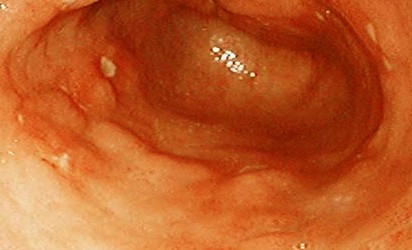

Visual, auditory, cardiovascular and respiratory systems are also compromised in this multisystem disease. Skeletal deformity is defined as multiple bone dysostosis occurring as the most common initial symptom. Because KS and C6S are the main components of proteoglycans in cartilage and bone, MPS IVa presents primarily with skeletal dysplasia and short stature. MPS type IVa, or Morquio A syndrome, is caused by deficiency of N-acetylgalactosamine-6-sulfate sulphatase (a catalyzed enzyme that breaks down into two glycosaminoglycans, keratan sulphate and chondroitin 6-sulphate ), and consequent gradual accumulation of KS and C6S in several organs and tissues. All phenotypes have an autosomal recessive hereditary pattern except MPS type II, which has an X-linked recessive pattern. MPS disease includes 15 types, which are divided into 7 phenotypes according to the specific enzyme deficiency: MPS types I, II, III, IV, VI, VII, IX.

Deficiencies of specific enzymes in MPS disease interrupt the degradation of mucopolysaccharides (or glycosaminoglycans), leading to accumulation of these substances in cellular lysosomes. Mucopolysaccharidosis (MPS) belongs to a group of genetic disorders known as lysosomal storage diseases (LSDs). The degrees of central beaking at middle thoracic vertebral bodies may be a critical factor associated with different image presentations of thoracic kyphosis. Spine CT findings clearly identify new radiological findings of thoracic kyphosis apex around T2 or T5 in MPS IVa patients. Square-shaped to mild central beaking in middle thoracic vertebral bodies was observed in subtype 1 patients, while greater degrees of central beaking in middle thoracic vertebral bodies was observed in subtype 2 patients. Spine CT and plain radiography clearly identified various degrees of thoracic kyphosis with apex around T2 or T5 in MPS IVa patients. Spine CT and plain radiography findings of 12 patients (6 males and 6 females with median age 7.5 years, range 1–28 years) revealed two subtypes of spinal abnormalities: thoracic kyphosis apex around T2 (subtype 1, n = 8) and thoracic kyphosis apex around T5 (subtype 2, n = 4). Computed tomography (CT), plain radiography and magnetic resonance imaging (MRI) findings of MPS IVa-related spinal abnormalities were reviewed. Resultsĭata of patients diagnosed and/or treated for MPS IVa at MacKay Memorial Hospital from January 2010 to December 2020 were extracted from medical records and evaluated retrospectively. We aimed to evaluate thoracic spinal abnormalities in MPS IVa patients and identify associated image manifestations by CT and MRI study. However, few studies have assessed thoracic spinal involvement in MPS IVa patients.

In patients with mucopolysaccharidosis (MPS), systematic assessment and management of cervical instability, cervicomedullary and thoracolumbar junction spinal stenosis and spinal cord compression averts or arrests irreversible neurological damage, improving outcomes.


 0 kommentar(er)
0 kommentar(er)
